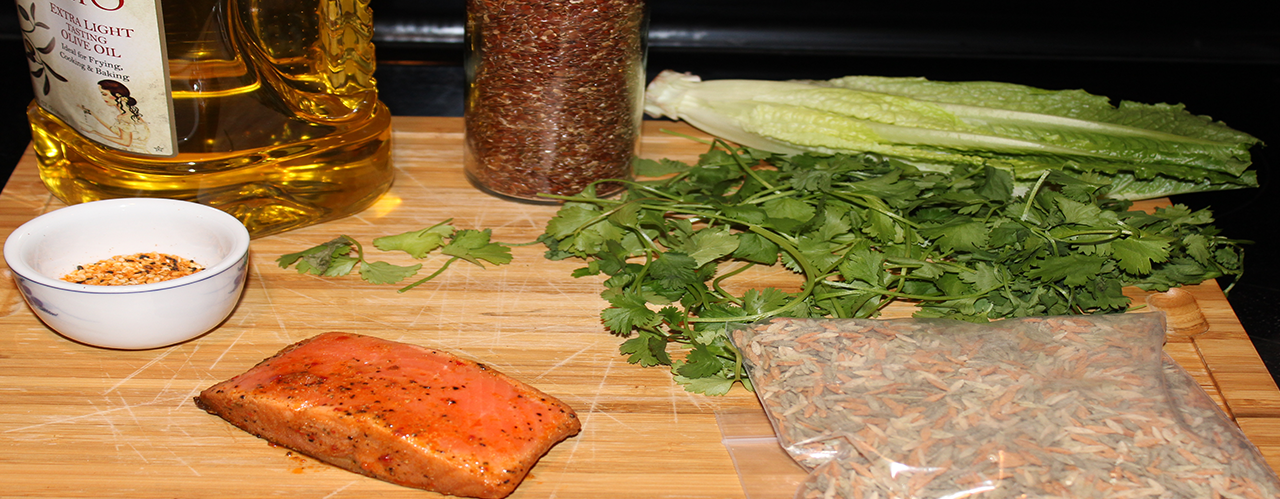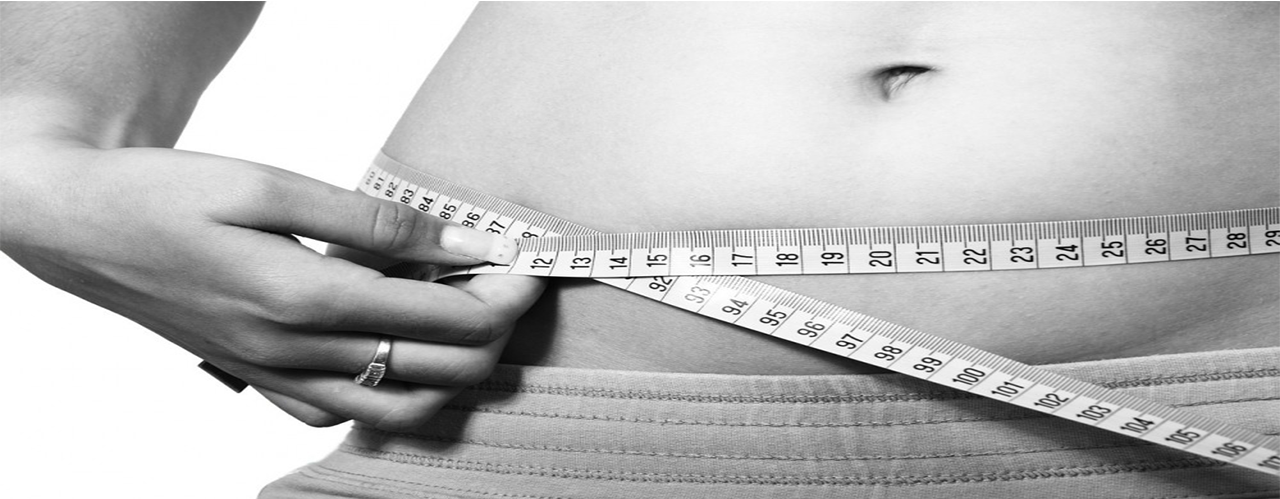Fasting and praying on a regular basis can be a life-changing experience. (Lightstock)
What if one simple act—one singular dedicated effort or sacrifice—could better your life, your soul forever? What if that sacrifice took just an hour or two or even an entire day?
Would you do it? Would you consider it worth it?
What if that very sacrifice could sharpen your focus, open your heart and move the hand of God in others and your own life?
If what I asked has peaked your interest, know that I inquire because I have the answers to these questions based on personal experience. What I have to share has the ability to better your life forever once you make the choice to take the adventure.
Twelve years ago, my friend Wendy and I felt prompted to journey down the road of fasting and prayer together. But why would two average women who love to talk and do typical "girl" stuff, and who also really love food, want to give it up for any period of time? God whispered in the inner places of our being to draw closer to Him in a new way.
Suddenly, we didn't want the status quo anymore. We believed and we studied, but in the hidden parts of our heart, we knew there was more. We wanted to engage in the spiritual realm on a deeper level, one we had not yet experienced. We wanted more … so much more.
So, one day a week, from Monday night after our family dinners to Tuesday night before family dinner, we would fast and pray. We were ready for powerful changes, amazing answers to our requests and nothing short of miracles. What we got was instruction and a thorough look into the condition of our soul.
It was hard, to see what still existed in the corners of our minds and the recesses of our hearts. We found the thoughts, the unforgiveness, and the resistance to righteousness still alive and well. Big and little wrongs, judgments and critical spirits. Excessive self-awareness in danger of becoming narcissistic, fear, striving.
However, we were not bombarded with this all at once. Our God is very gentle, very kind. Yet, He is truth and truth was what He intended to show us.
Did He show us our shortcomings to condemn us? Never! He showed us this to better us, to mature us, and to prepare us to come before Him with those sincere, heartfelt requests we desired to have answers to. Yes, and He was, as Scripture puts it, "doing a good work in us."
When we fasted and prayed, our senses were heightened. We focused on getting alone in our own special designated locations to get quiet, to listen and speak once we had been spoken to. On occasion we would speak first, but that was usually to worship and confess anything that had been revealed by our loving Lord. This spiritual discipline tuned our ears to hear the voice of God so that He could meticulously take the sin, the baggage, the past hurts and present trepidations and give us the peace of His presence. We allowed Him control and, as we relinquished our very lives to Him, He would work His good and perfect will in us to much greater and richer places only found through Him.
As time went on, we grew quickly. No longer did we dread the hours we couldn't eat, nor did we binge the night before just so we were sure we had a reserve to live from.
Instead of hungering for food, we hungered for time alone with God, looking forward to His gentle correction and His drawing near to us in a way that filled us with peace, joy, hope and purpose. We were energized and eager to know more about Him, more about us and use what we learned to help encourage others to do the same.
In both of us, God strengthened our faith for the tough times. This was valuable during times of job loss, illness and relationship issues. Sometimes life's pain can cut so sharply you can't find the words to pray. That's when your fasting friend can intercede for you, giving you peace that your concerns—if not from you own mouth—still reach God's throne with the same intensity. The weighty value these prayers carry for a hurting heart provides hope; the hope that eliminates stress that could lead to irreparable health damage.
Our book, Fast Friends, The Amazing Power of Friendship, Fasting and Prayer, releases October 1. It is our chosen path, ordained by God and it has forever altered our very existence.
Our lives don't look the same as before. We see people differently; we see life differently. We have new aspirations, new leading and guidance, new eyes with which to see ourselves and the future. It's all because a God who loves us more than we could ever comprehend planted a seed of desire to draw closer to Him. Fasting and prayer was the tool, finely fashioned by the hand of God, and the plan, lived out in the Bible by many of the faithful, for us to follow.
We received answers. Some were yes, some were no and some told us to wait. Some spared us and our loved ones from pain and sorrow of which we are not aware. Some answers are yet to come because God's timing is not ours.
One answer that comes quickly to mind concerns Wendy's daughter, Sydney, who was born with cerebral palsy. When Sydney was 4-years-old, the doctors estimated she would need multiple surgeries until her growing ceased. As we fasted and prayed that God would overrule that diagnosis, Sydney continued to grow. Today, she is 14 and surgery hasn't been required.
Fasting and prayer is a lifestyle. God willing, we will continue to fast and pray together until our time is done.
And that "so much more" we were seeking? It has exceeded our hopes and dreams and manifested in ways we would never have fathomed. If God could empower Wendy and me to live this way, He can do the same for you.
Will you join us and dare to live life in the spiritual realm, where you will meet with and know God in ways that you never thought possible? Will you dare to become everything God wants you to be in order to truly know Him? We can promise you will never regret it.
We were made in God's image and created for more than what this world has to offer, and so were you.
Suzanne Niles is the co-author of the new book Fast Friends, The Amazing Power of Friendship, Fasting and Prayer. Find out more at www.fastfriendsbook.com





